The United States Bureau of Land Management emphasizes both land conservation and public property management, making it a noteworthy model for consideration.
On August 29th, Commissioner You Shih-ming of the Department of Finance (DOF), Taipei City Government (TCG) visited the Bureau of Land Management (BLM) office in Utah, USA, for an exchange of experiences in managing public lands. The United States covers an area of 2.4 billion acres, equivalent to approximately 983,400,000 hectares, with around 28% designated as public land, primarily under the BLM and other agencies. The BLM manages the largest federal land, approximately a tenth of the entire U.S. territory. The BLM manages nearly 22.8 million acres of public lands in Utah, approximately 42 percent of the state. The BLM's responsibilities encompass land grazing, recreation, timber harvesting, fishing and hunting, mining, and Rights-Of-Way (ROW). It has offices established in 11 western states (out of 12 states nationwide). Due to its extensive territory, the BLM employs 11,621 staff members and collaborates with 30,860 volunteers. The BLM has law enforcement personnel who patrol for activities like marijuana cultivation, arson, hazardous waste dumping, illegal border crossing, and archaeological excavation crimes, and it receives reports on such offenses. In addition to the uniformed enforcement officers, there are also 70 special agents with search, arrest, and firearm-carrying authority, collaborating with relevant law enforcement agencies. The BLM's primary missions involve sustainable use of public lands, land conservation, promoting renewable energy, providing public access to federal lands, and allowing recreational activities in natural environments. Given the extensive nature of the land under its management, the BLM typically grants ROW for various external uses. For activities like driving through, field surveys, collecting data in the wilderness, or casual short-term activities, special ROW permits are often not required. However, if constructing buildings or structures on federal lands, or hosting events that can impact the local area, a ROW permit must be obtained. In the fiscal year 2022, there were a total of 119,928 ROW cases, generating a total revenue of USD 100,978,834 for the BLM. Of these cases, 83,845 were general cases under the Federal Land Policy and Management Act (FLPMA), generating a revenue of USD 80,912,883. Among these cases, Utah had 5,431 cases, generating USD 4,709,441 in revenue. Commissioner You Shih-ming had a video conferencing with BLM officials in the Colorado state office. In cases of land occupation, the BLM often resorts to administrative corrections, alongside civil and criminal measures. The civil aspect includes costs for BLM structure removal and land restoration. The criminal aspect involves issuing subpoenas for court appearances, with penalties as per Section 303 of the FLPMA, allowing for a maximum fine of USD 1,000 for a class A violation and a maximum prison term of 12 months. Although the penalties are not heavy, they are often combined with penalties imposed by other competent authorities. For example, even though marijuana cultivation might be legal in some states, it's not federally approved, making it a felony and resulting in heavy penalties, but there are still cases of non-payment or continuous offenders. Commissioner You Shih-ming mentioned that in addition to managing over 7,000 city-owned non-public lands, DOF, TCG fulfills leasing and development tasks. The provision of short-term use, consigned operation, and even promotion of private participation of public land must also be operated and managed in conjunction with various public property agencies. The exchange of public land management experiences with BLM officials holds valuable insights for managing both city-owned and national properties in Taiwan.
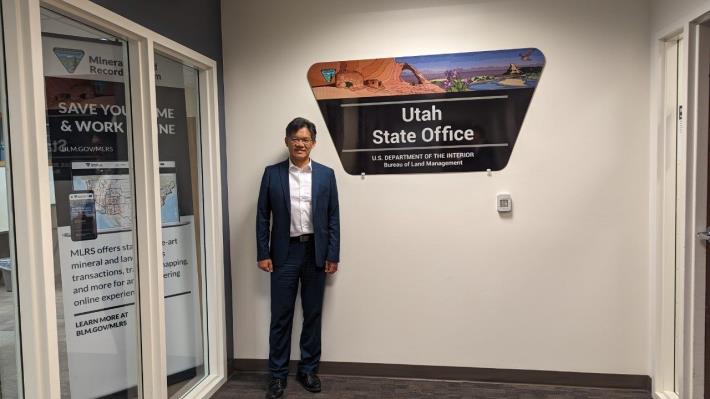
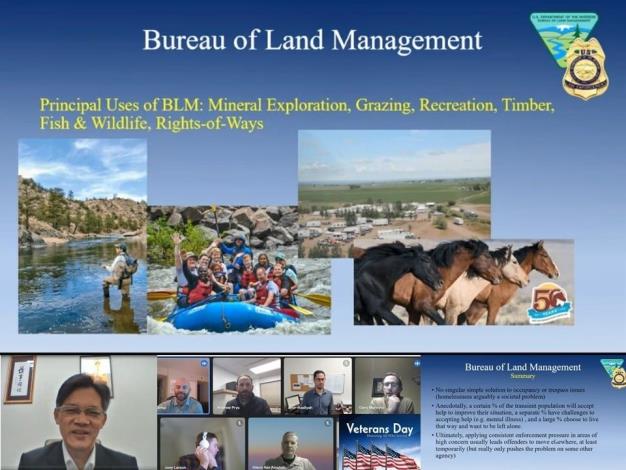
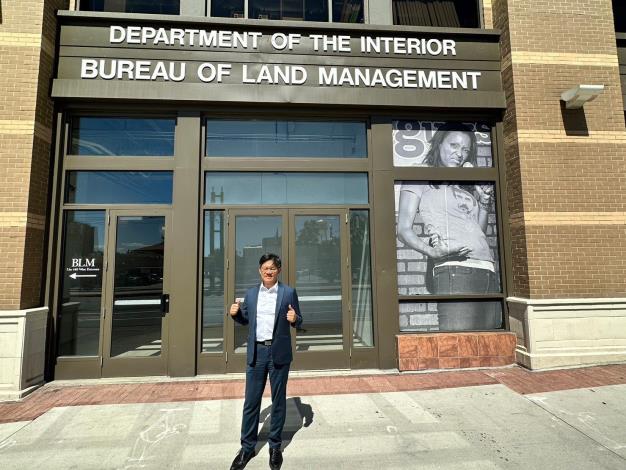
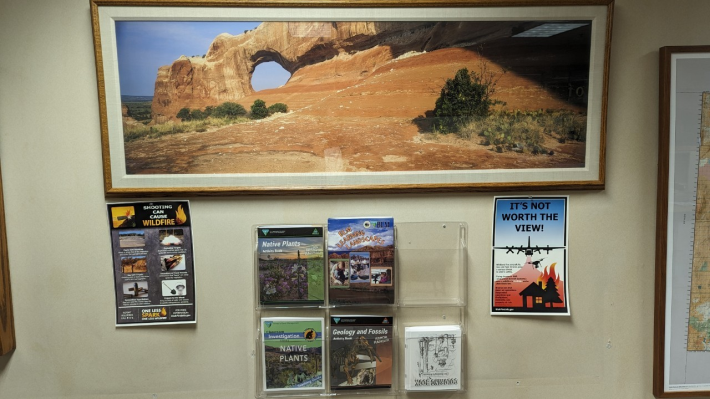
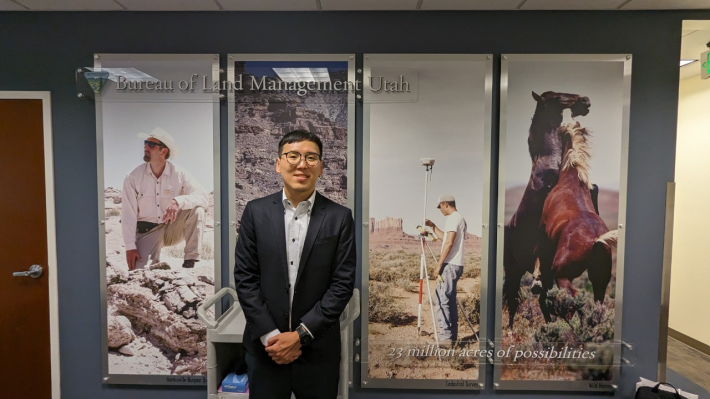

![Taiwan.gov.tw [ open a new window]](/images/egov.png)
